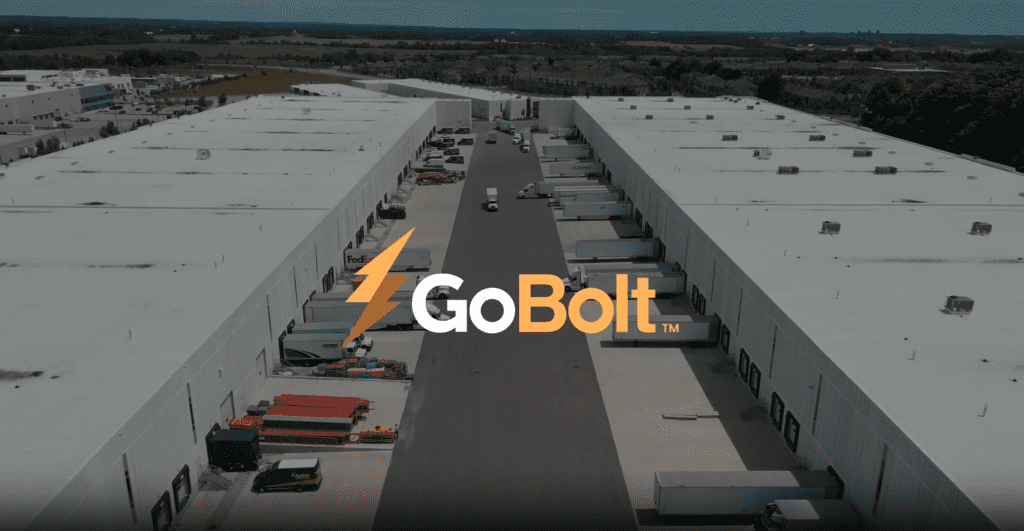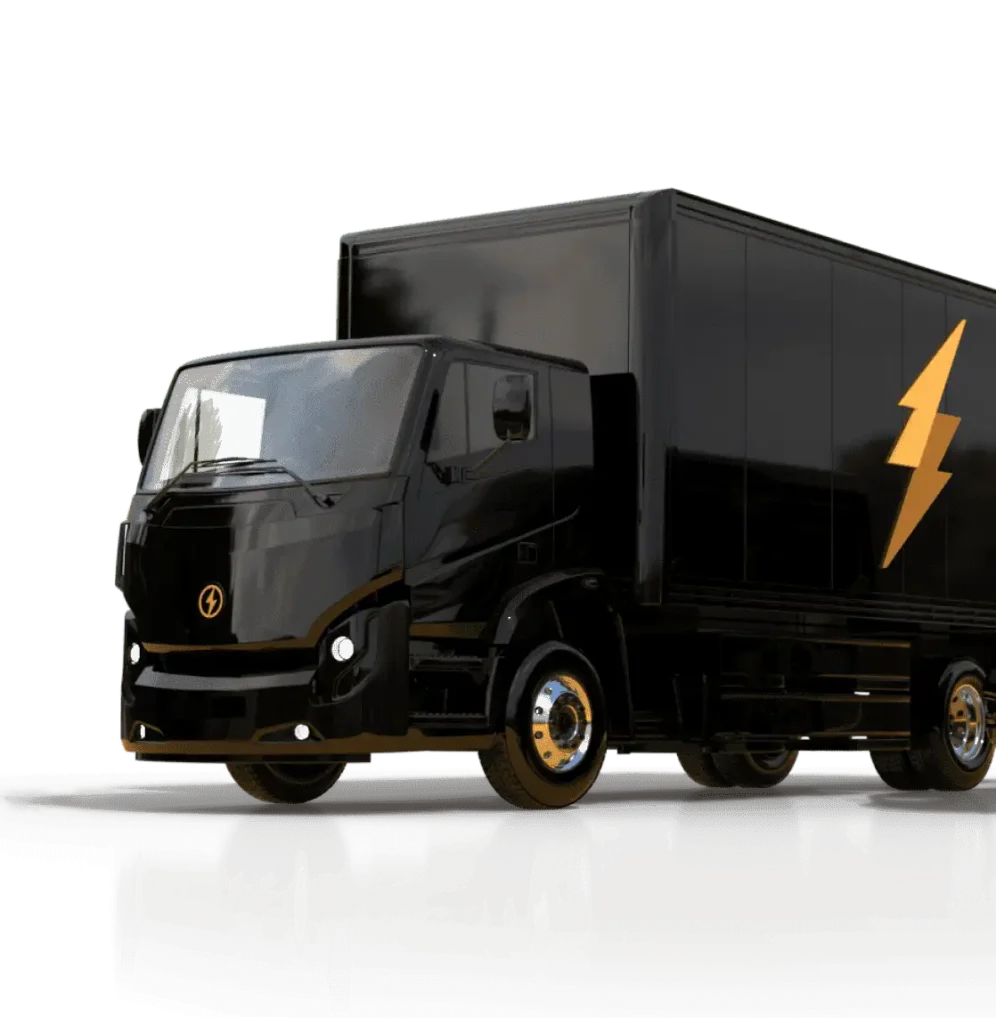Retailers and ecommerce brands are increasingly making efforts to understand the impact their carbon footprint has on the environment, leading many to move toward more sustainable practices. However, as brands pursue their lofty sustainability commitments, climate action buzzwords being used are causing confusion. What does being carbon neutral entail? And how is being carbon negative different from having net zero emissions?
Brands have the power to steer industries (and therefore society) toward a greener future –– this journey starts with knowing what’s at stake, defining the terms and what different paths forward look like.
Identifying the problem(s)
Consumers’ ever-rising desire for convenience and competitive expediency offerings like free overnight and next-day shipping have propelled ecommerce activity. The market’s double-digit growth in 2021 saw ecommerce sales hit $870 billion in the U.S. and a 10.4% year-over-year jump has Canadian ecommerce sales projected to top $80 billion in 2022. This surge in ecommerce over the last few years has been welcome news to the global economy but there’s a high environmental cost to convenience–mainly increased carbon emissions and waste.
With delivery vehicles projected to climb some 36% in inner cities by 2030, these negative environmental impacts are being further compounded. Thankfully companies, and consumers, are taking note. The industry is seeing an uptick in brands prioritizing planet positivity and supply chain transparency – and their varying commitment and approaches to sustainability are plenty. However, it also leads to numerous ways these sustainability commitments are being described.
Unpacking key industry terminology
Climate positive. Carbon Neutrality. Net Zero. Climate action buzzwords are plenty these days. And while it’s easy to get mixed up by sustainable initiative jargon, these terms aren’t actually interchangeable. Here’s a breakdown of the most common industry terms and what they mean:
- Carbon neutral: Carbon neutrality is a balancing act wherein the carbon dioxide (CO2) released into the atmosphere by a company’s activities is leveled (or zeroed) out by an equivalent amount of carbon emissions being removed. To achieve this, companies can partner with entities that are invested in offsetting unavoidable carbon emissions.
- Carbon negative: While this term means emitting less than zero CO2, it’s actually impossible to emit a negative amount of carbon. So, to realize net negative emissions, and become carbon negative, companies must eliminate more CO2 from the atmosphere than they create. That is decarbonizing every aspect of their operations—from energy consumption and waste generation to materials used and goods delivery.
- Net zero emissions: The goal of reaching net-zero emissions is to cut greenhouse gas emissions (including CO2, methane, nitrous oxide and fluorinated gases) as close to zero as possible, leaving the remaining emissions to be naturally reabsorbed into the Earth’s atmosphere by plants, soil and oceans.
Beyond climate action buzzwords: Creating lasting change
In recent years, industry frontrunners and startups alike have set out to confront climate change and Earth’s mounting carbon issues head on by setting ambitious corporate responsibility goals.
Making recent headlines, Patagonia founder Yvon Chouinard relinquished ownership of the $3 billion outdoor clothing brand to a trust and nonprofit organization to ensure all future profits, some $100 million a year, go toward fighting climate change. Then there’s Microsoft. The tech titan has been carbon neutral across the globe since 2012 and is committed to being carbon negative, water positive, and zero waste by 2030. Google has committed to running its operations on carbon-free energy by 2030; the European Union aims to become the first continent to be carbon neutral by 2050; IKEA, H&M and Walmart have joined the United Nations-backed Race to Zero initiative to take swift action to halve global emissions by 2030.
But it’s not only Fortune 500 companies and large landmasses that can lead sustainability efforts. Retailers and ecommerce brands of all sizes can also do their part by prioritizing internal initiatives, especially around products, packaging and waste. There’s also the opportunity to conduct research on how retail and ecommerce partners – including last mile delivery partners – are planning to track their progress and achieve their carbon commitments. This can have significant, long-term ramifications. For example, some companies, like IKEA, now include sustainability standards as a part of their partner RFPs.
Prioritizing sustainability by taking intentional and measurable steps forward is not a trend, it’s at the center of modern corporate responsibility. This begins going beyond the buzzwords. Brands need to take a deep look at opportunities to make improvements and commit to making meaningful change moving forward.
Being sustainable can be overwhelming, but it’s important to start somewhere and use that to drive focus for your brand. To lead by example, at GoBolt, we’re starting by focusing our efforts on making our first-party deliveries to be carbon neutral. After we’ve achieved this by the end of 2023, we’ll explore how we can go even further with other areas of our business. Where can your brand start?






